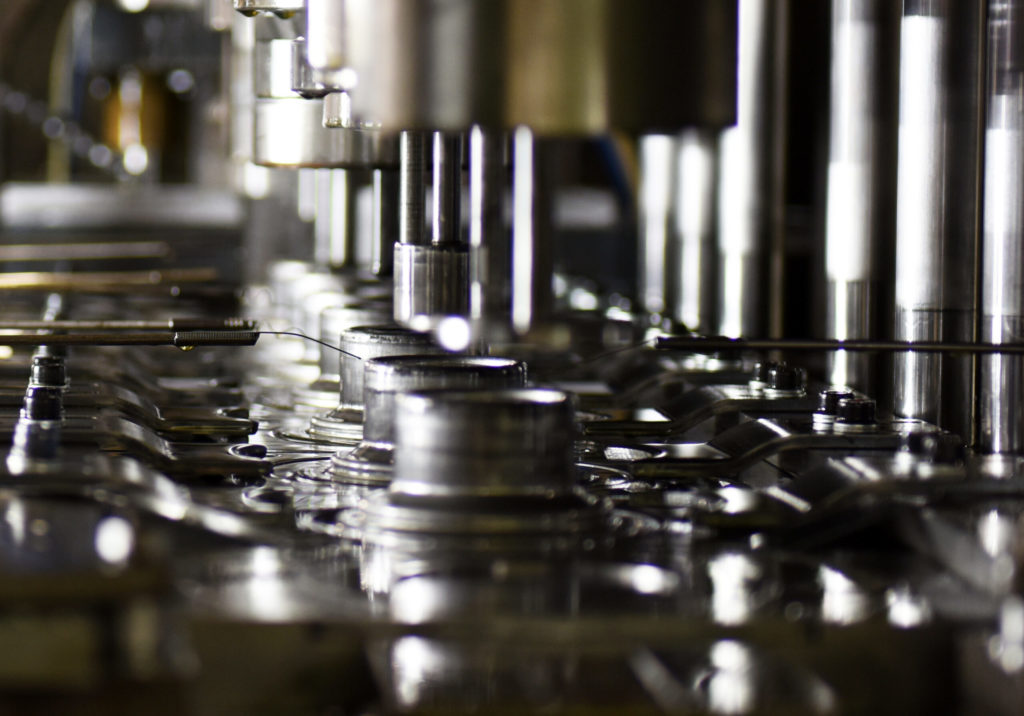Presswork is a manufacturing process which involves forming sheet metal into a specific shape or design using mechanical force. There are two main types of presswork: transfer and progression. While both processes involve shaping metal, they differ in a several ways. In this blog, we will explore the advantages and disadvantages of each method.
Transfer Presswork
Transfer presswork is a process in which the metal is shaped in multiple stages using a series of dies. The sheet metal is fed into a machine called a transfer press, which moves the metal from one die to the next, forming it into the desired shape. Each die performs a specific task, such as cutting, bending, or stamping, and the metal is moved from one die to the next using a robotic arm.
Advantages of this method include high levels of precision and repeatability. Each station within the press can be precisely calibrated to ensure that the metal sheet is formed exactly as desired. This makes transfer presswork ideal for high-volume production runs, where consistency and efficiency are critical.
On the flipside, transfer presswork requires significant investment in equipment and tooling, making it less suitable for low-volume production runs.
Progression Presswork
Progression presswork is a process in which the metal is shaped in a single pass through a press. The sheet metal is fed into the press, and a single die then shapes it into the desired form. The press moves the metal through the die, shaping it as it goes. This process is typically used for metal pressings which require simpler shapes or features.
Unlike transfer presswork, progression presswork is more suitable for low-volume production runs, because it requires less equipment and tooling.
Another advantage of progression presswork is that it can reduce material waste. Due to the fact that the metal sheet is shaped gradually as it passes through the die, less material is wasted compared to the transfer presswork method, where the metal sheet must be cut into smaller shapes before being shaped into the final product.
However, the progression method is not as efficient as the transfer method and may result in less accurate or consistent shaping of the metal.
Key Differences
The main differences between transfer and progression presswork can be summarised as follows, Transfer presswork,
- uses multiple dies to shape metal, while progression presswork uses a single die.
- is suitable for high-volume production runs, while progression presswork is more suitable for low-volume runs.
- is more efficient and accurate, while progression presswork is less efficient but more cost-effective for low-volume runs.
Conclusion
In conclusion, transfer and progression presswork are two different methods of shaping sheet metal into specific forms. Transfer presswork is more suitable for high-volume production runs and more complex shapes, while progression presswork is more suitable for low-volume runs and simpler shapes. Both processes have their advantages and disadvantages, and the choice of which to use is often depicted by the specific needs of the production run and the end product.

